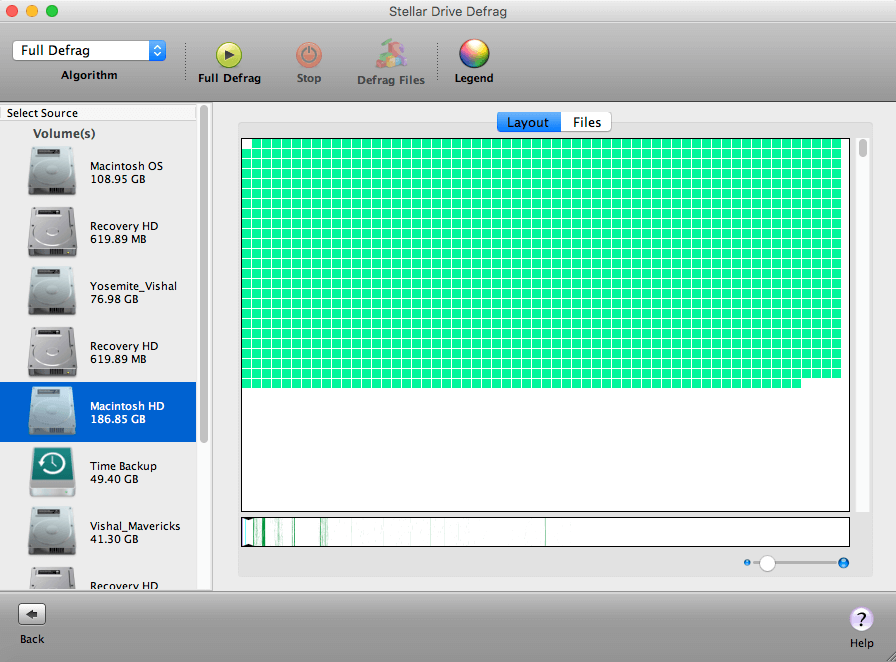
When the empty blocks are removed, then your computer is forced to make new blocks that will hold entire files instead of fragmenting them. If there are empty blocks, then your computer will be tempted to fill them and create this problem all over again. What is defragmentation? Defragmentation undoes the damage that fragmentation creates by putting your files back together and eliminating empty blocks. What has happened is that your files are getting fragmented, and that can cause them to be corrupted. Your computer would put the first two blocks where C used to be, then open up an extra block after the D file to finish saving E. Let’s say that file E is three blocks and needs to be saved. What happens if you delete file C? Would your computer just leave that space open, or would it move D into where C was and leave the two open blocks at the end of the string? Your computer will leave those two blocks open right where they are and wait for the next file to be saved.

Each file takes up two blocks of data on your hard drive, so your hard drive sets aside eight total blocks to store these files in alphabetical order.

To explain fragmentation, let’s look at four files with the names A, B, C, and D. Hard drive defragmentation can help fend off data corruption.ĭisk Fragmentation Can Create Corrupted FilesĪs you continue to delete and add files on your hard drive, you will start to experience something called fragmentation.


 0 kommentar(er)
0 kommentar(er)
